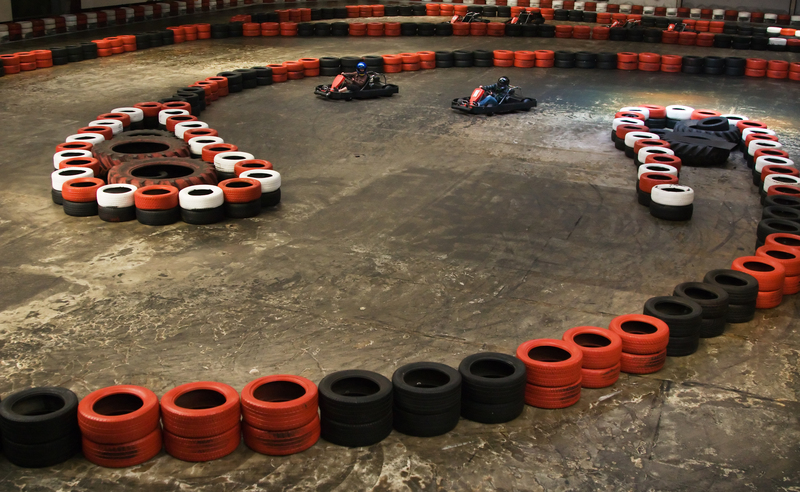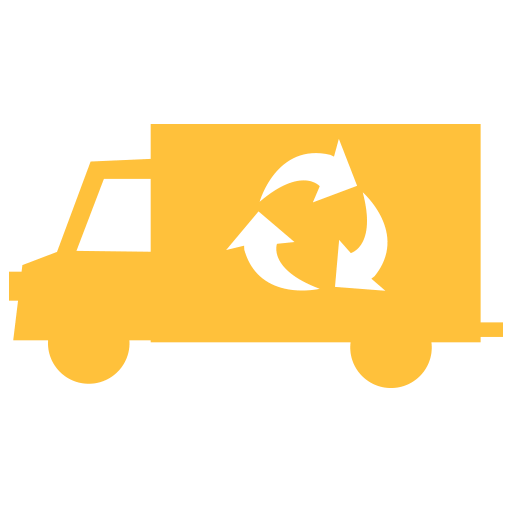From Waste to Wonder: Recycling Your Old Cookware
Posted on 21/05/2025
From Waste to Wonder: Recycling Your Old Cookware
Are your battered pots and pans collecting dust? Don't just toss them in the trash! Discover creative and responsible ways to give your old cookware a new lease on life. This in-depth guide will show you how to recycle, repurpose, and transform your unwanted kitchenware--turning waste into wonder.
Why Recycle or Repurpose Cookware?
Cookware--especially metal pots, pans, and utensils--are constructed from valuable materials like aluminum, stainless steel, cast iron, and copper. Yet, millions of tons of old cookware end up in landfills each year. Proper cookware recycling or repurposing:
- Reduces environmental impact
- Conserves natural resources
- Prevents toxic chemicals from leaching into the soil
- Gives you a perfect reason to refresh your kitchen!
Environmental Benefits of Recycling Old Pots and Pans
Recycling cookware conserves energy and reduces mining for new metals. For example, recycling aluminum uses 95% less energy than creating new aluminum from ore. Not only does it help save the planet, but it also decreases your carbon footprint. By choosing to recycle your cookware, you're making a powerful eco-friendly statement!

How to Recycle Your Old Cookware Responsibly
1. Identify the Material
Not all cookware is created equal. Certain materials are easier to recycle than others. Here's how to identify your cookware's main components:
- Aluminum: Lightweight and often silver in color.
- Stainless Steel: Heavier and magnetic (usually), with a shiny, reflective surface.
- Cast Iron: Very heavy and matte black, sometimes rusty.
- Copper: Reddish-orange with greenish tarnish over time.
- Nonstick/Teflon: Usually aluminum or steel base with a slick black or gray surface.
2. Remove Non-Recyclable Parts
Before recycling, remove plastic handles, glass lids, or rubber parts when possible. These materials are often not accepted in metal recycling streams and may need to be disposed of separately.
3. Research Local Recycling Options
- Scrap Metal Yards: Most scrap metal recycling centers accept cookware made from pure metals (like cast iron, stainless steel, and copper). These facilities will weigh your items and sometimes pay you for valuable metals.
- Municipal Recycling Programs: Some local curbside programs offer bulk metal pickup or collection days for household items, including old cookware. Double-check accepted items in your locality.
- Retailer Take-back Programs: Stores such as Best Buy, Target, or even some thrift shops occasionally run kitchenware recycling programs. Contact your local retailers for current offerings.
- Donation Centers: If your cookware is still usable (just not for your kitchen), consider donating it. Someone else may appreciate your gently used pots and pans!
Remember, check with your local authorities or waste management company to confirm what is accepted and any special drop-off instructions.
Creative Ways to Repurpose Old Cookware
If recycling isn't convenient--or if you love creative projects--old cookware can be upcycled into surprising new uses. Here are some inspired ideas for turning kitchen cast-offs into home treasures:
1. Planters and Pots for Your Garden
Transform worn-out saucepans, teapots, or colanders into quirky plant containers. Simply drill a drainage hole, fill with soil, and add your favorite blooms. Sturdy metal pots are perfect for outdoor decor with rustic charm.
2. Bird Feeders or Bath
Attach a handleless pan to a fence, tree, or a pole, then fill it with birdseed or water. Old skillets, pie tins, and even woks can be upcycled to create unique garden features.
3. Wall Art and Decor
Arrange mismatched lids or pans as an eye-catching art installation on a kitchen or dining room wall. Paint them for a colorful touch, or keep them natural for an industrial look.
4. Organizers and Storage Solutions
Old muffin tins or divided trays make handy drawer organizers for jewelry, office supplies, or tools. Mount pots and pans on a wall or hang them from hooks for a cool DIY storage rack.
5. Candle and Soap Molds
Use old pots or tart pans to create homemade candles or soap bars. Because metal conducts heat efficiently, your DIY projects will release cleanly once they cool and set.
6. Upcycled Clocks
Add a simple clock mechanism to a quirky lid or small frying pan. This fun project combines functionality with a creative twist.
7. Holiday Decorations
Cookie cutters, old spatulas, and muffin pans can be turned into ornaments, wreaths, or garlands for festive decor throughout the year.
Donating Old Cookware: Extend its Lifespan
Not ready to break out the paint or power tools? Donating your gently-used cookware is a wonderful form of cookware recycling. Many community organizations and charities accept clean, functional pots, pans, and bakeware. Potential recipients include:
- Shelters or rehousing organizations
- Thrift stores and secondhand shops
- Food pantries or soup kitchens
- College students or young adults setting up a new home
Be sure to wash your items and check if specific cookware donations are needed before dropping them off.
Common Questions About Cookware Recycling
Can I recycle nonstick cookware?
Nonstick cookware (like Teflon-coated pans) can be tricky due to its synthetic coating. Some scrap yards accept them if the nonstick layer is in good shape or removed. Check with your local recycler to ensure they'll take these items, or look for specialized recycling programs.
Are broken glass lids recyclable?
Tempered glass (used for many saucepan lids) usually isn't accepted in curbside recycling. Instead, dispose of broken lids according to local waste regulations, or check if specialty glass recycling is available near you.
What about cast iron?
Cast iron pans are highly recyclable and even sought-after by many scrap collectors. Alternatively, consider restoring rusty cast iron with a good cleaning and re-seasoning--these items are almost indestructible!
Should I remove all handles and parts?
Whenever possible, remove any loose or non-metal components before recycling. This not only makes processing easier but also increases the value of the scrap metal you offer.

Tips for Maintaining New Cookware and Reducing Future Waste
The best way to lower your kitchen's environmental footprint is to buy high-quality cookware that lasts for decades. Here's how to make your new pots and pans last:
- Read the manufacturer's care instructions before first use.
- Avoid using metal utensils on nonstick surfaces to prevent scratches.
- Hand-wash cookware whenever possible to prolong surface life.
- Store items carefully to prevent dents or warping.
- Choose classic styles and materials that won't go out of fashion quickly.
Invest in durability, and you'll send less cookware to the landfill in the future.
Conclusion: A Greener Kitchen Starts with You
There's no need for those old pots and pans to collect dust--or end up in the trash. With responsible cookware recycling or a touch of repurposing creativity, you can reduce waste, support your community, and invite a dose of wonder into your home.
Next time you upgrade your favorite skillet or replace a set of old bakeware, remember: Recycling your old cookware is a powerful way to help the planet and spark your imagination. Turn waste into wonder with these actionable tips for eco-friendly living!
Key Takeaways: How to Recycle and Upcycle Old Cookware
- Identify the material (aluminum, steel, cast iron, etc.) before recycling.
- Remove any plastic or non-metal handles and lids.
- Use local scrap metal yards, municipal services, or retailer take-back programs.
- Repurpose old cookware into art, planters, organizers, or functional home decor.
- Donate still-usable items to shelters or community organizations.
- Consider proper cleaning and care to make your new cookware last longer.
From waste to wonder, recycling your old cookware is easy, rewarding, and great for the environment. Start your kitchen sustainability journey today!

 020 3875 4102
020 3875 4102 020 3875 4102
020 3875 4102




 House clearance
House clearance Rubbish collection
Rubbish collection




